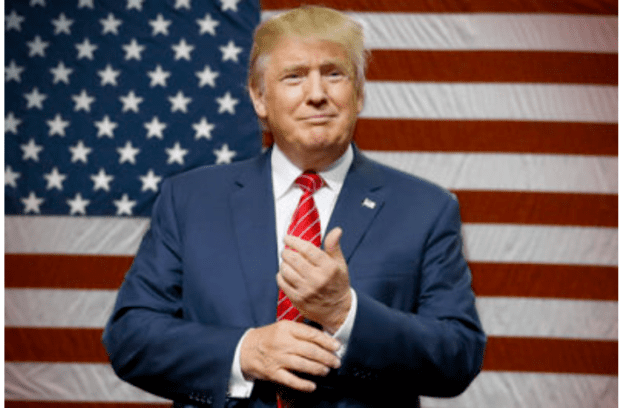
The U.S. trade deficit dropped in June to its lowest level in nearly two years, while the trade gap with China narrowed to levels not seen in over two decades, according to new data released Tuesday by the Commerce Department’s Bureau of Economic Analysis (BEA).
The overall trade deficit declined by 16%, or $60.2 billion, between May and June, according to data from BEA. Since taking office, President Donald Trump has used tariffs to address trade imbalances, which he views as proof that America is being “ripped off” by its trading partners and blames for the decline of American manufacturing.
“Thanks to [President Trump]’s historic efforts to rebalance global trade, the U.S. trade deficit has seen a significant turnaround,” Treasury Secretary Scott Bessent posted on X. “The deficit has narrowed appreciably, reversing the upward trend seen under the Biden administration.”
In June, U.S. exports of goods and services totaled $277.3 billion, while imports stood at $337.5 billion. The average effective tariff rate now sits at 18.3%, the highest since 1934, according to the Yale Budget Lab.
Trade with China experienced a notable shift, with U.S. exports to the country increasing by $3.1 billion to $10.1 billion, while imports declined by $1.4 billion to $19.4 billion, according to BEA. That brought the U.S.-China trade deficit to its lowest level since February 2004, according to Reuters.
In April, Trump introduced sweeping “Liberation Day” tariffs targeting nearly all U.S. trading partners, but a 90-day pause brought most rates to 10% while negotiations took place. Beginning Aug. 7, however, countries that have not reached trade agreements with the U.S. will face steeper levies.
Major trading partners including Japan, the U.K. and the EU have finalized trade frameworks with the Trump administration, while others, such as Canada and India, are set to face 35% and 25% tariff rates, respectively.
China, America’s largest trading partner, is operating on a separate track.
U.S. and Chinese officials met in Switzerland in late June in hopes of extending a trade truce that is set to expire on Aug. 12. Both sides aim to maintain existing tariffs — 30% on Chinese goods and 10% on U.S. products — while working toward a more lasting agreement.
“We’re getting very close to a deal,” Trump said Tuesday in an interview on CNBC. “We’re getting along with China very well.”
Tariff revenue has also continued to grow over the past several months, contributing to a $27 billion government surplus in June.
However, the Trump administration’s tariff strategy faces mounting legal challenges as most of the “Liberation Day” tariffs were implemented under the International Emergency Economic Powers Act (IEEPA), with the president claiming large trade deficits “constitute an unusual and extraordinary threat to the national security and economy of the United States.” IEEPA has never been used to implement tariffs before, and the move is now being challenged in court.
Content created by The Daily Caller News Foundation is available without charge to any eligible news publisher that can provide a large audience. For licensing opportunities of our original content, please contact licensing@dailycallernewsfoundation.org










